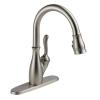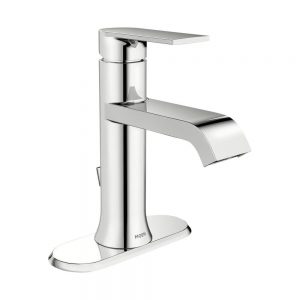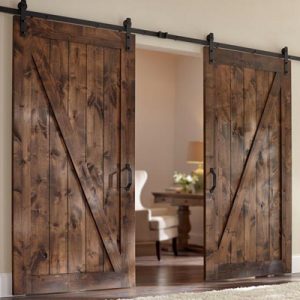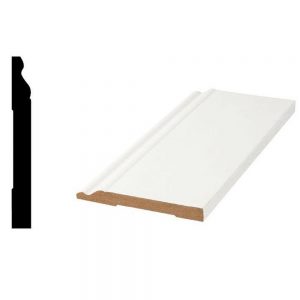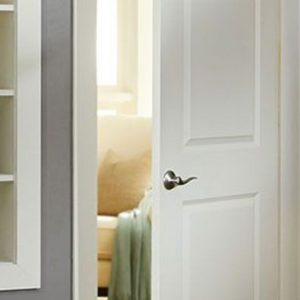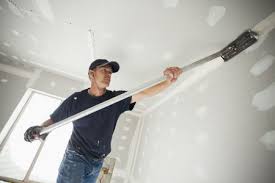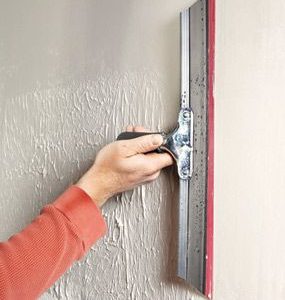Description
Basic labor to install tile floor with favorable site conditions.
Rectangle Tile installs with thin-set.
Tile sizes from 2″ inch up to 24″ inches
Price includes supplying standard grade thin-set either white or gray,
Planning, Permitting (if needed )
Prepping, Measuring, Layout tile pattern, Cutting, and installing tile and Grouting
This Includes equipment and material acquisition, area preparation and protection, setup and cleanup.
Not include
- Tile
- Grout
- Sound Proofing if needed
- Surface Preparation
Call Us if you have any questions 305-954-200-50-58
What is thinset mortar, dryset mortar, or drybond mortar?
Thinset mortar is a blend of cement, very finely graded sand, and a water retention compound that allows the cement to properly hydrate. Tile set by the thinset method is adhered to the substrate with a thin layer of “thinset” cement. The terms thinset cement, thinset mortar, dryset mortar, and drybond mortar are synonymous. This type of cement is designed to adhere well in a thin layer – typically not greater than 3/16th thick. For example, a 3/8″ notch trowel will produce a 3/16th inch thick coating after the tiles are pressed in to the cement. While very minor adjustments in height can be made, this method is not appropriate for adjusting the level or flatness of a surface – rather the tile will follow the plane of the substrate.



